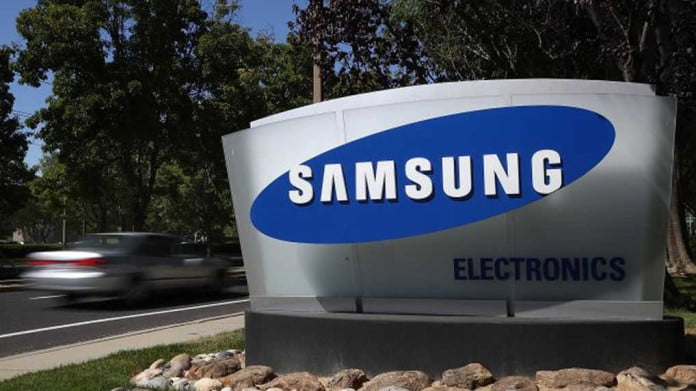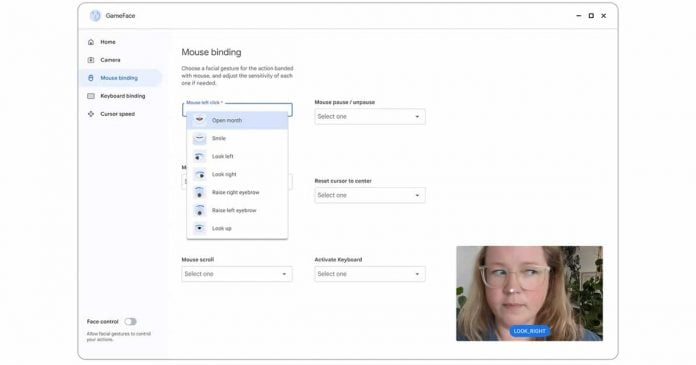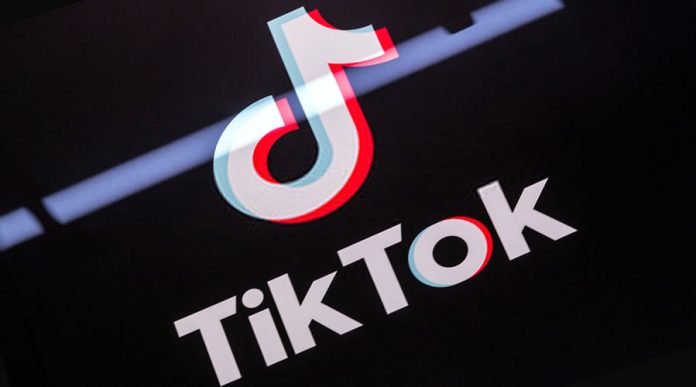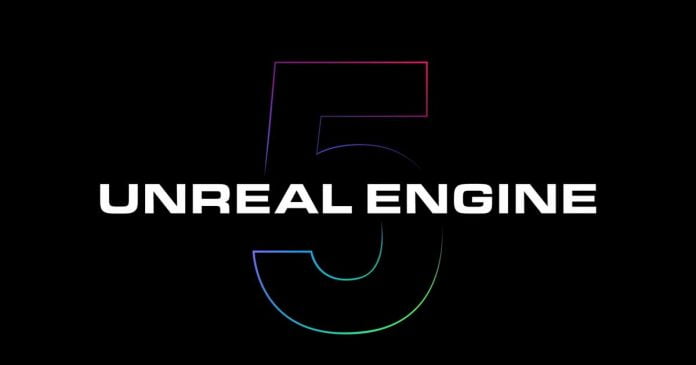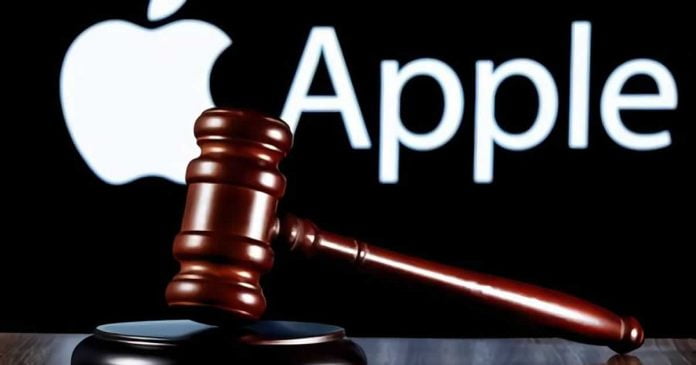Samsung is preparing to make waves in the high-performance computing (HPC) industry with its upcoming SF4X process technology for CPUs and GPUs.
This new technology holds the potential to revolutionize the field, offering a significant 10% performance increase and an impressive 23% reduction in power consumption compared to its predecessor, the standard SF4 (4LPP). The advancements in SF4X stem from improvements in the level design and technology, along with a redesign of Middle of Line (MOL) circuits.
The competition in the HPC market will intensify as SF4X goes head-to-head against TSMC’s N4P and N4X nodes, scheduled for release in 2024 and 2025, respectively.
HPC applications, particularly those involving data centre CPUs and GPUs, require substantial power to handle heavy workloads regularly. Samsung SF4X, as the company’s first state-of-the-art node specifically developed for HPC applications, demonstrates Samsung’s belief in the growing market demand for such technology. HPC is considered an industry megatrend, and Samsung Foundry aims to secure the adoption of SF4X among its extensive customer base, which includes over 150 organizations.
The introduction of SF4X holds immense implications for the HPC sector. With its promised performance improvements and enhanced power efficiency, this technology has the potential to unlock new possibilities in scientific research, artificial intelligence, and data analytics. By offering faster computations, improved scalability, and optimal energy utilization, SF4X can fuel innovation and drive progress across various industries.
While Samsung SF4X is poised to make a substantial impact, the competition from TSMC N4P and N4X nodes cannot be overlooked. The rivalry between these industry giants is expected to foster further innovation and propel advancements in HPC processing technology.
As the release dates draw closer for these cutting-edge technologies, the future of high-performance computing hangs in the balance. Organizations are eagerly anticipating the adoption of SF4X and its competitors as they seek to leverage the power of HPC to achieve groundbreaking results and drive their respective industries forward.


